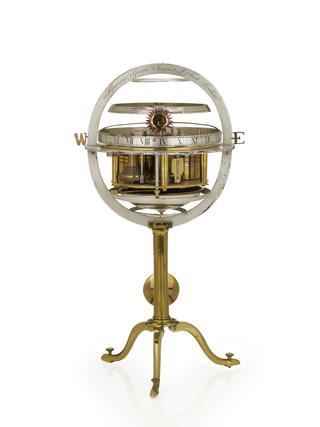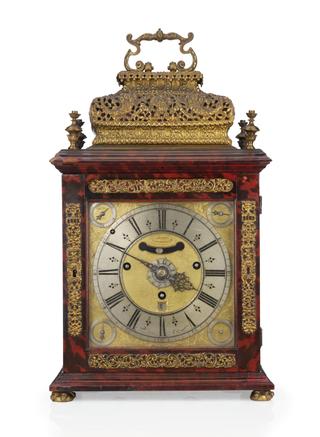
Table clock with quarter chiming by William Speakman
1690-1700

1690-1700

1921

1601-1700

1820-1840

1715-1725

1695-1700

1675-1700

1800

1920

1600

1660

1700-1725

1788

1775-1799

1695-1696

1675-1685

1740

1675

1665-1666

1690-1710

1775-1785
1701-1800
1601-1700
1601-1700
1740-1784
1835
1700